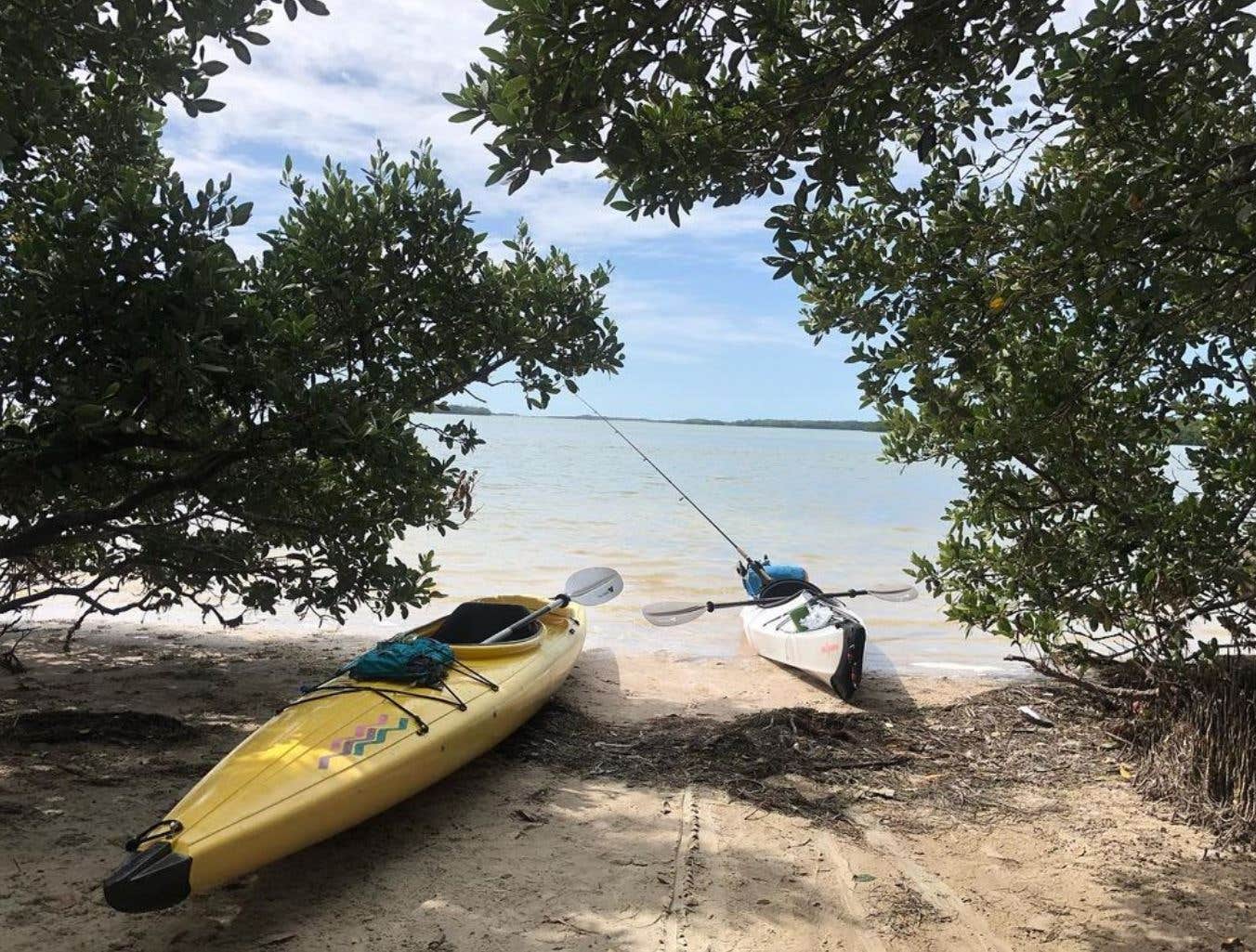

The homeowner signs what's called an assignment of benefits agreement, which allows the contractor to handle the insurance claim.

The lawsuits often originate like this: A contractor contacts a homeowner about potential damage, perhaps to their roof. By contrast, the state accounts for only 9% of all homeowner claims.Ī handful of different factors unique to Florida have combined to create such a litigious environment, experts say, including unique rules around attorneys' fees and lax regulation of "assignment of benefits" agreements for policyholders. "We've got a real problem on our hands here."Īccording to the state's insurance regulator, nearly 80% of all homeowners' insurance lawsuits in the U.S. "What we've been facing in Florida for many years is a man-made crisis, nothing to do with hurricanes," said Mark Friedlander, a spokesperson for III, in an NPR interview this week. But we are in wholesale collapse at this point," Brandes said.įlorida accounts for most of the country's insurance lawsuitsĪ major piece of the problem in Florida is insurance litigation. Nationally, home insurance costs about $1,600 per year on average. In Monroe County, home to the Florida Keys, the average premium is $6,700. The average premium for homeowners has topped $4,000 per year in five different Florida counties, mostly in the Miami and Palm Beach areas, according to a state report from July. Even before Ian, 2022 was already projected to be the same. Jeff Brandes, whose district covers part of Pinellas County in the Tampa Bay region, which avoided the worst of Ian.Įven though no hurricane made landfall on Florida in 2020 or 2021, the state's insurance industry reported net underwriting losses exceeding $1 billion each year. "The simple truth is you can't be the most hurricane-prone state and the most litigious state, and expect lower property insurance rates," said state Sen. Now, as Floridians look to recover from an estimated tens of billions of dollars in damage caused by the Category 4 storm, some have worried that Ian could be the final straw for even more private insurers, driving up costs and sending Florida's precarious insurance market closer to catastrophe. As a result, the number of policyholders on the state-backed insurer of last resort, Citizens Property Insurance, has ballooned. Others have dropped customers or stopped writing new policies. Six insurance carriers have declared insolvency this year alone. Rampant litigation and soaring reinsurance costs are other components, experts say. And Floridians' premiums are rising much faster - about 33% each year - than the typical American's annual increase of 9%.īut in Florida, hurricanes aren't the only factor driving up costs. Homeowners in Florida pay the highest premiums in the country: nearly three times the national average, according to the Insurance Information Institute, an industry group. Even before Hurricane Ian made landfall in Florida last week, the state's property insurance market was already in its own state of disaster.


 0 kommentar(er)
0 kommentar(er)
